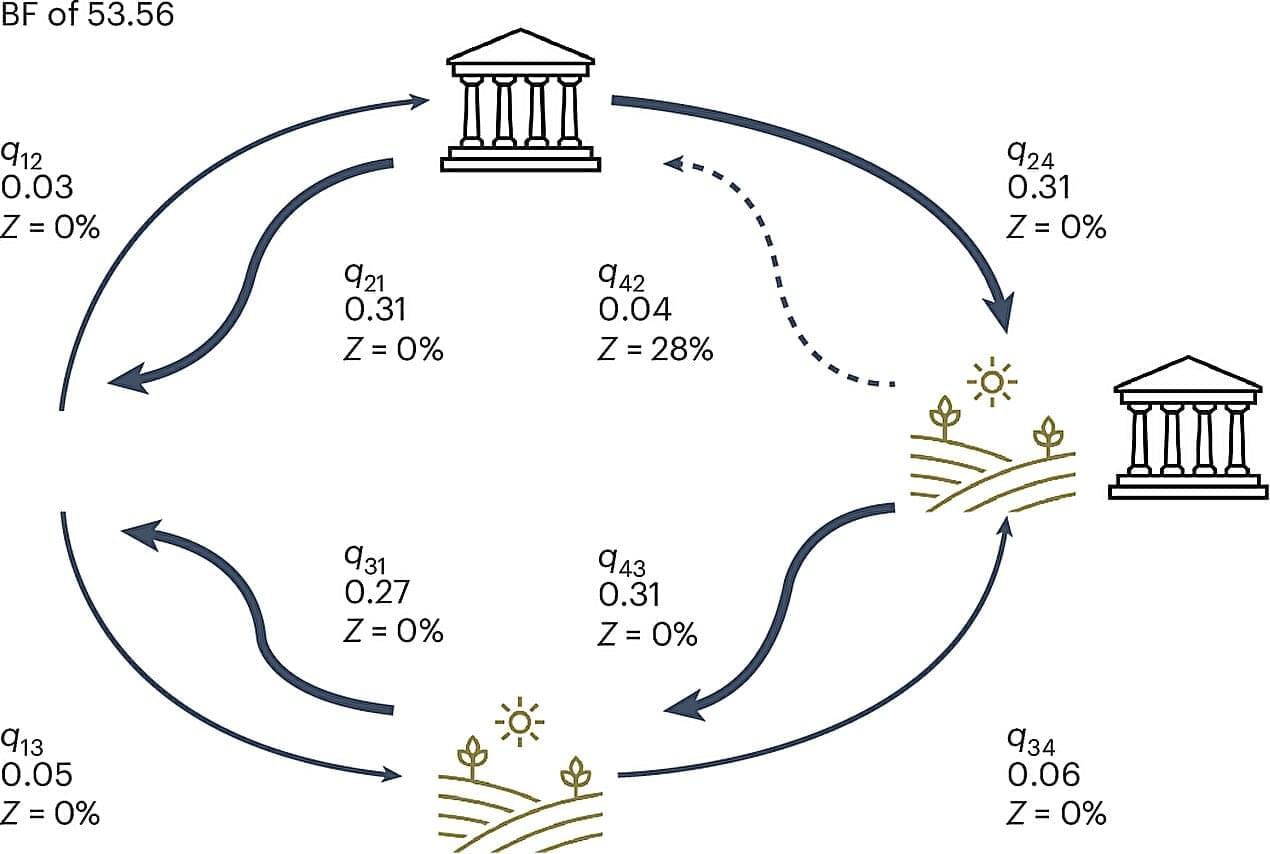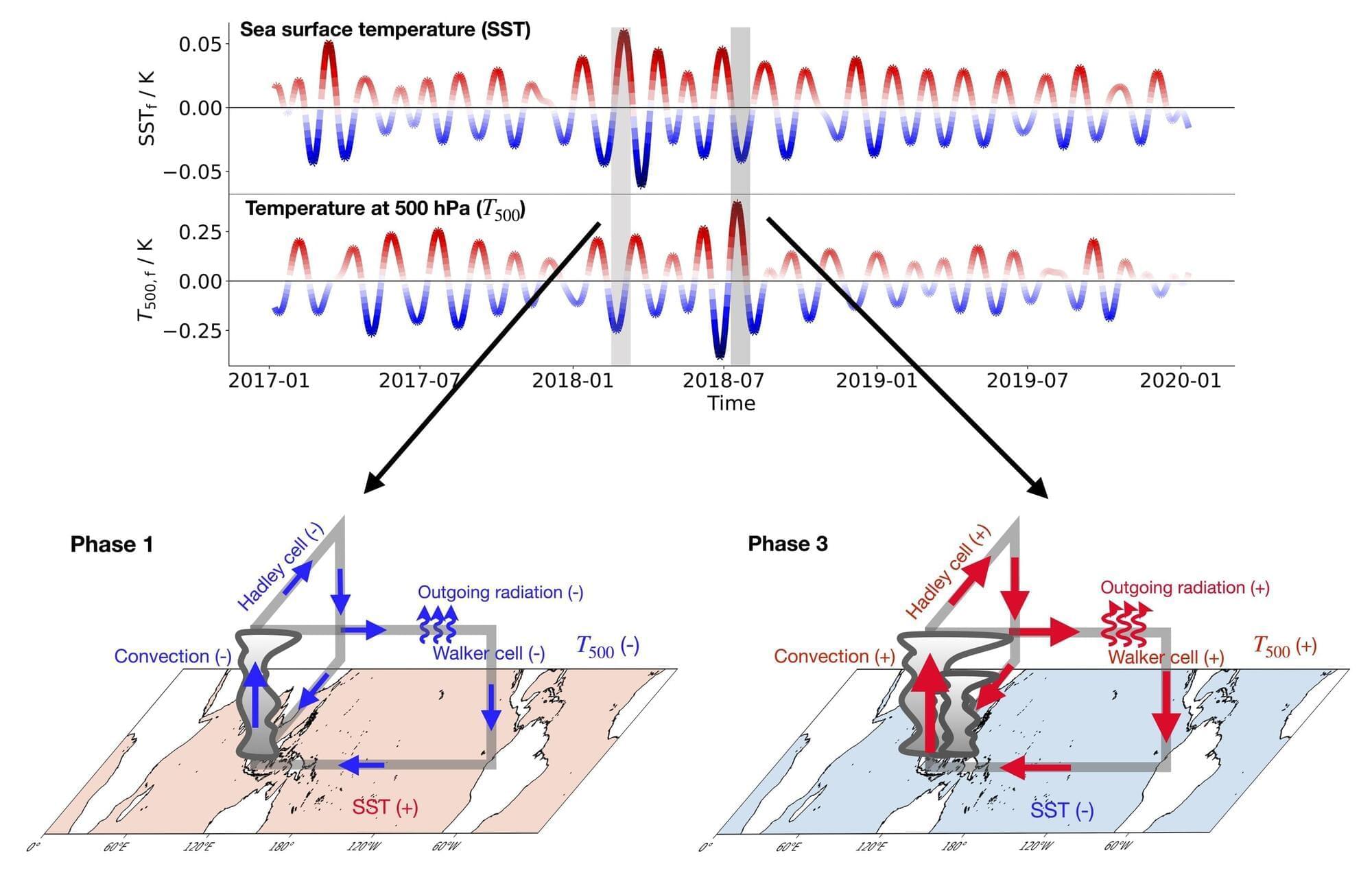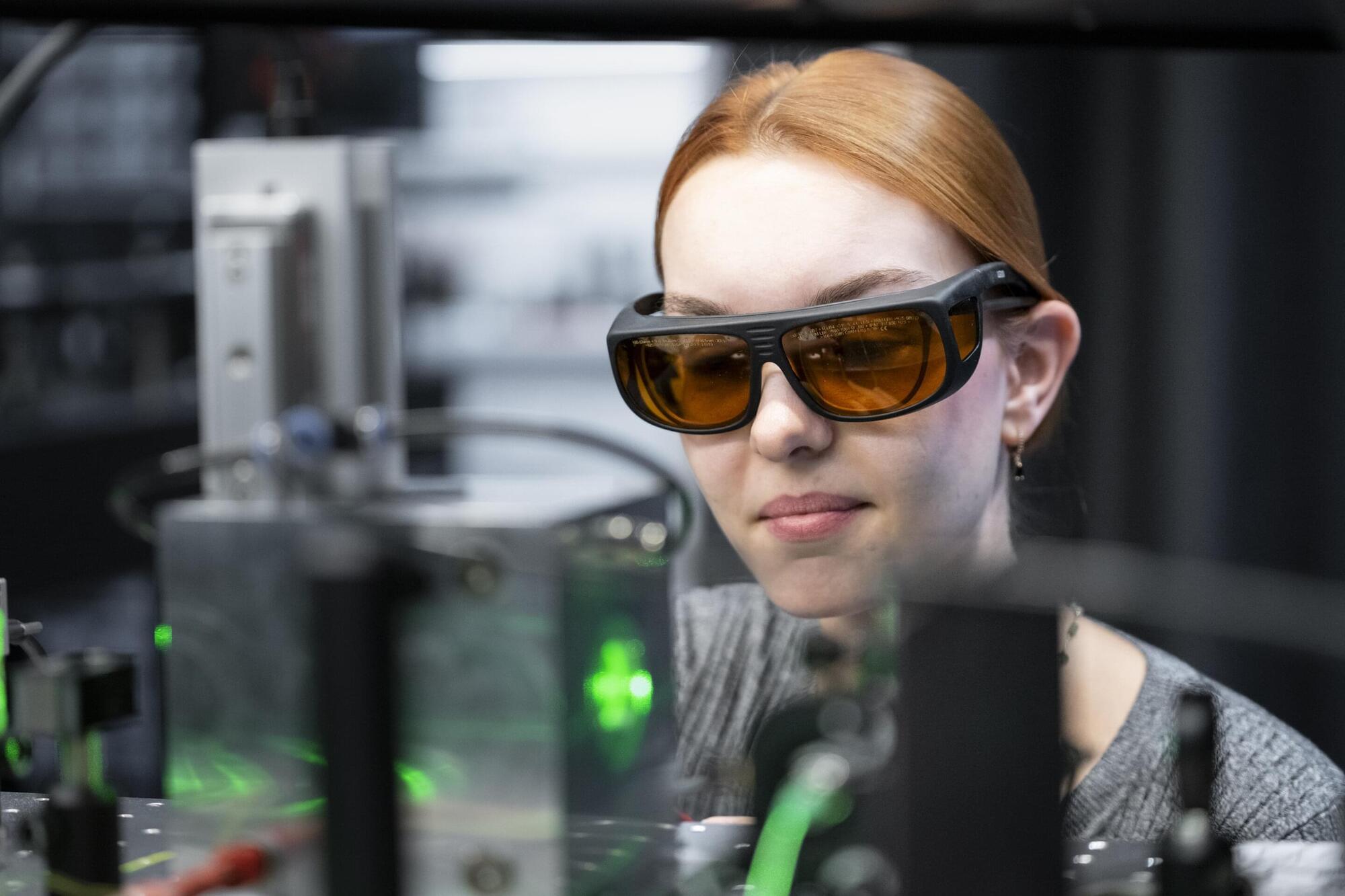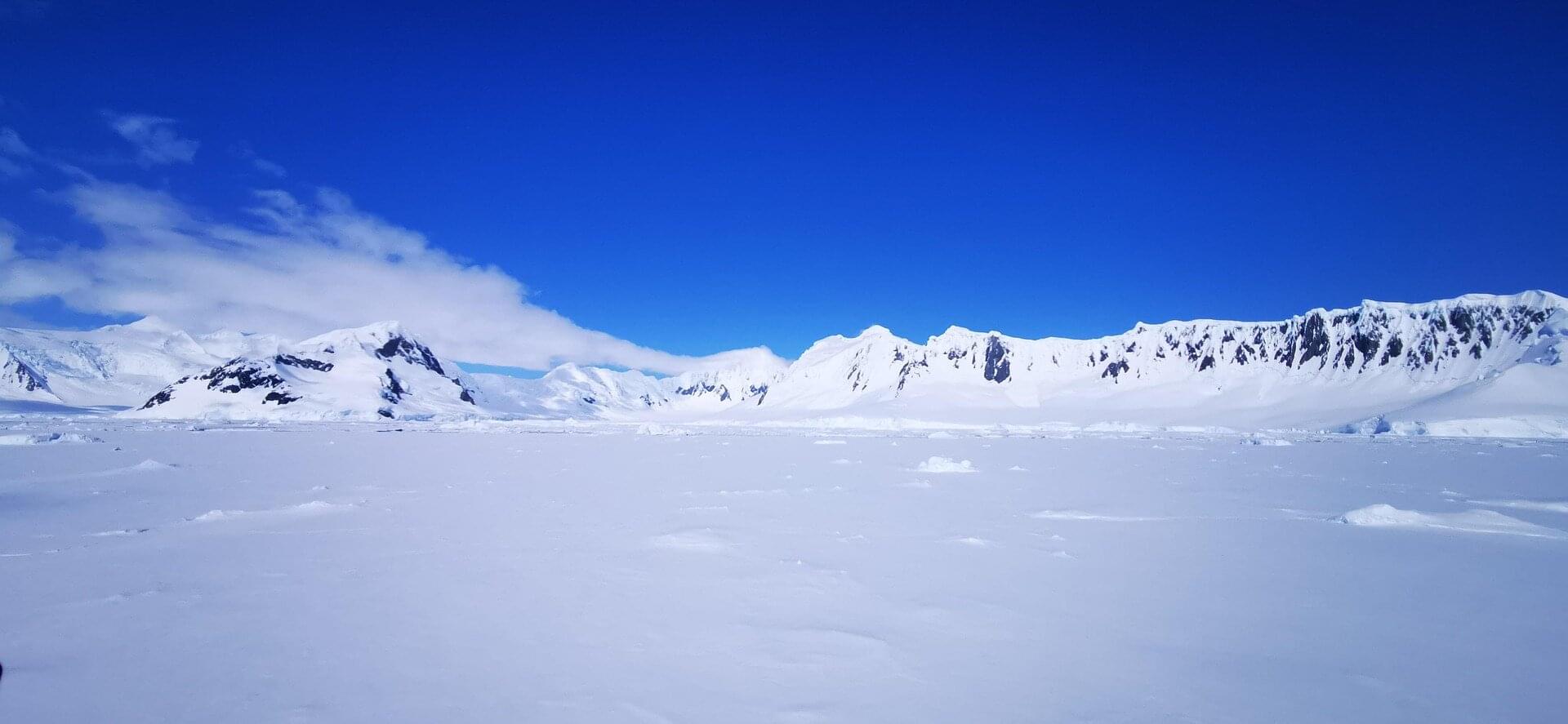From the rise of numerical and symbolic computing to the future of AI, this talk traces five decades of breakthroughs and the challenges ahead.
Bill is the author of Berkeley UNIX, cofounder of Sun Microsystems, author of “Why the Future Doesn’t Need Us” (Wired 2000), ex-cleantech VC at Kleiner Perkins, investor in and unpaid advisor to Nodra. AI.
Talk Details.
50 Years of Advancements: Computing and Technology 1975–2025 (and beyond)
I came to UC Berkeley CS in 1975 as a graduate student expecting to do computer theory— Berkeley CS didn’t have a proper departmental computer, and I was tired of coding, having written a lot of numerical code for early supercomputers.
But it’s hard to make predictions, especially about the future. Berkeley soon had a Vax superminicomputer, I installed a port of UNIX and was upgrading the operating system, and the Internet and Microprocessor boom beckoned.








